Taking Flight

Meet the birdwatcher who sees more than just birds
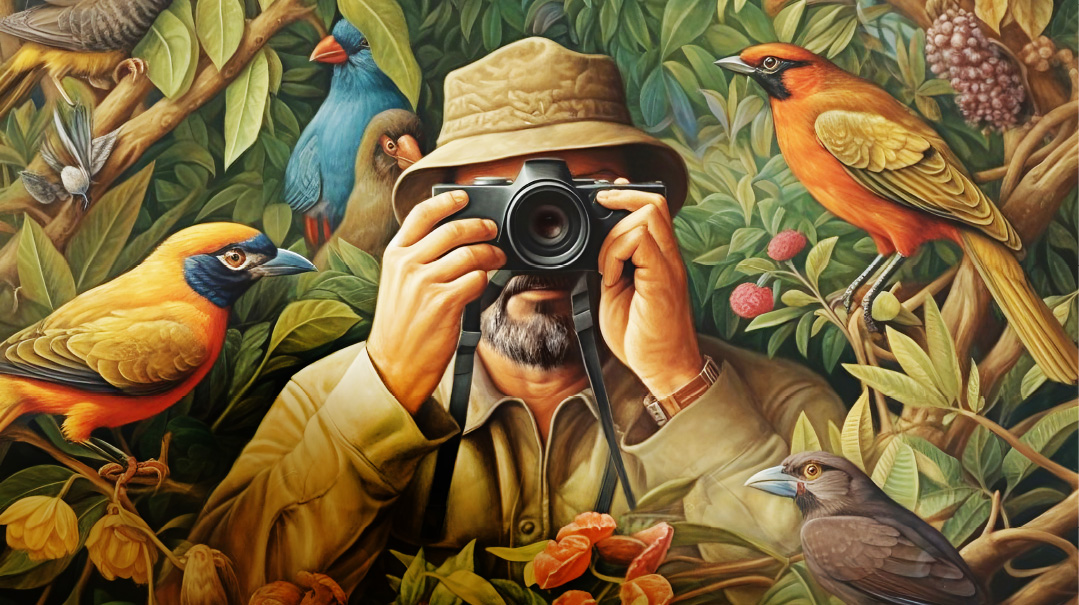
Photos: Margie Pensak
Over the last 40 years, my husband, Michael Steinberg, has traveled all over the world — to Arizona, Canada, Costa Rica, the Galapagos Islands, Idaho, and Trinidad and Tobago −− to pursue his love and main hobby −− birdwatching! Although he doesn’t consider himself a bird expert, compared to the average person, I would say he certainly is. However, as he puts it, “I’m very selective in what I know. I know about the things I care about… like warblers.” Join me as we learn more about many fascinating birds.
Warbler
When I asked him why he cares so much about warblers, he explained, “When you see warblers arrive at their summer breeding grounds, after spending the winter down south in the tropics, they are indescribably beautiful, just like little jewels. The males are usually colored with bright yellow and sometimes contrasting colors like grey or blue or reddish brown, in the most beautiful patterns. Hashem sends us these tiny, freshly painted masterpieces every spring to admire and to get us thinking about how He runs the entire world. How can you not love these birds?”
Mr. Steinberg started learning about warblers and was completely captivated. “When I want to see warblers, I travel from my home in Baltimore, Maryland to Canada, to a very small park at the southernmost point of the Canadian mainland, called Point Pelee. This peninsula is one of the best places in the world to observe warbler migration in the spring.”
Normally, warblers are very hard to see, as they usually hang out in the treetops of North America, 30 or 40 feet off the ground. To see them, you have to hold your heavy binoculars and crane your neck — until you get what the professional bird watchers call “warbler neck”!
But by the time the birds reach Point Pelee, they have just crossed Lake Erie and are reaching the finish line of their 2,000-mile migration. “By then,” he says, “the birds are extremely tired and extremely hungry. So they rest, sitting still for everyone to see.” Also, the trees are shorter and the birds tend to be close to eye level.
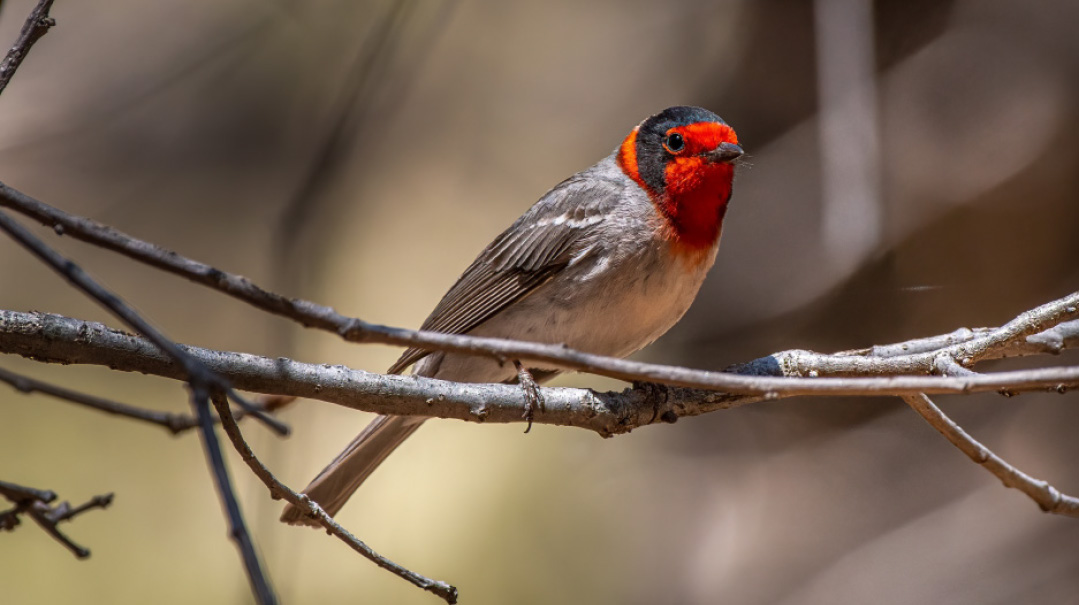
How Warblers Migrate
Migration usually peaks in mid-May. The warblers fatten themselves up by eating bugs(!), leave their wintering grounds in the tropics sometime in late March, and then take six weeks to fly to their summer breeding grounds. They don’t spend the whole summer in Point Pelee; they travel farther north, but this is their major rest stop after their journey is mostly finished.
“So, a bird might spend a few days there and then go on to its actual summer breeding ground in Ontario, upstate New York, or northern New England, ” notes Mr. Steinberg. “When they sense that the weather is turning colder in the fall, they migrate back down south where it is warm all year round. They go back and forth every year.”
Mr. Steinberg explains that after their long migration down south, they are no longer quite as attractive. “Their color is not so pretty anymore. After all, they’ve been on a long trip and they are kind of pale and dingy. It makes sense — the males no longer need to be attractive because breeding season is over. But Hashem paints them, again, every spring — especially the males — so when they get to their breeding ground up north, they look just gorgeous!”
There are about 18 species, or different kinds, of warblers in North America, but Mr. Steinberg’s favorite by far is the Hooded Warbler. “The male is mostly bright yellow with a black eye and a black hood covering most of his head. There is something very innocent and sweet-looking about that bird.”
Every part of the world has warblers, but different countries have different kinds of warblers. South America has much greater diversity of bird life than North America. “In South America, for example, there are over 200 kinds of hummingbirds!” says Mr. Steinberg. In the eastern part of the US, there is exactly one species of hummingbird, whereas there are 100 species in the country of Ecuador alone. They are astonishingly beautiful, with every wild color and feather arrangement; they are just spectacular!”
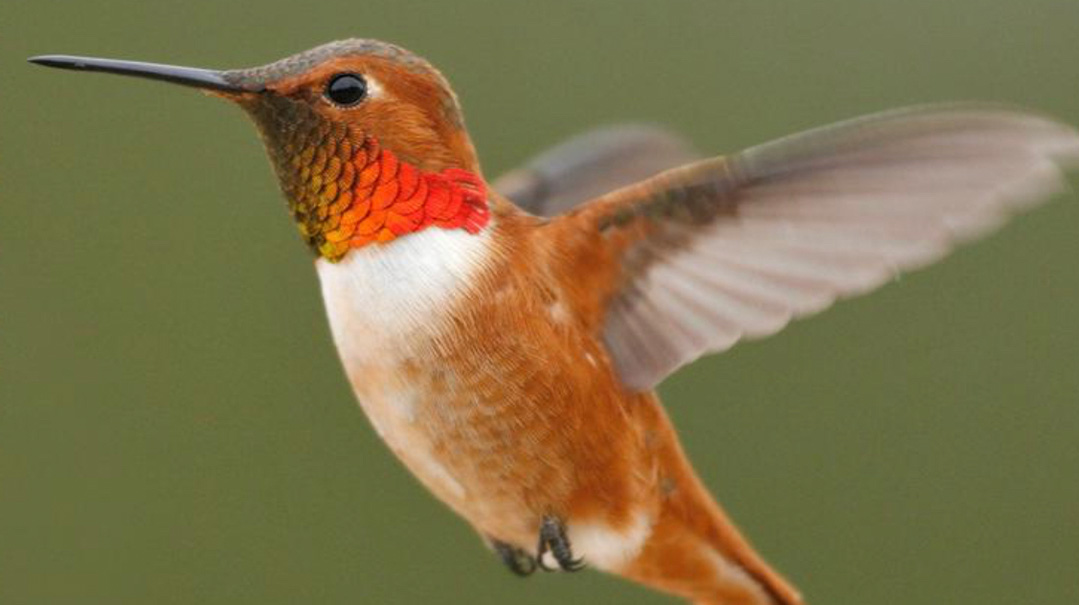
Hummingbird
That brings us to Mr. Steinberg’s next favorite bird — the hummingbird. He often spots them in his backyard between May 1 and October 1. They, like warblers, also travel north to breed, and later head back down south for the winter.
Hummingbirds are mostly green. “Blending in with the leaves of the trees gives them some camouflage, to protect themselves from rodents and larger birds,” says Mr. Steinberg, “but there are hundreds of different species that come in every color you can imagine. My favorite is the Rufous Hummingbird, which we have in the western US — a golden bronze color with a red throat.”
This hummingbird, though beautiful to look at, isn’t the nicest hummingbird on the block. “You could call him the ‘bad boy’ of the hummingbirds,” says Mr. Steinberg. “In an aviary, this is the one who makes trouble and starts fights with other birds. He has quite a strong personality; the others are more docile, except when defending their feeding areas from other hummingbirds.”
IN
August, Tucson, Arizona is the one place in North America where you can see 12 or 13 different species of hummingbirds, and the Rufous is definitely one of the more common ones. It is also one of the larger ones in North America. As with most birds, the females are a plainer, duller-colored version of the male. That’s how the animal kingdom is — the males are on display and showy; the females are not.
Hummingbirds need high-energy food because they are constantly in motion, even while eating (don’t try this at home!). Their main sustenance is nectar from flowers. “There are certain plants you can plant in your garden that hummingbirds just love, such as Trumpet Vine and native varieties of Honeysuckles. These each have extremely thin, long, tubular flowers, and hummingbirds have a thin tongue that can be four to six inches long and perfectly shaped to stick into these types of flowers and slurp up the nectar.
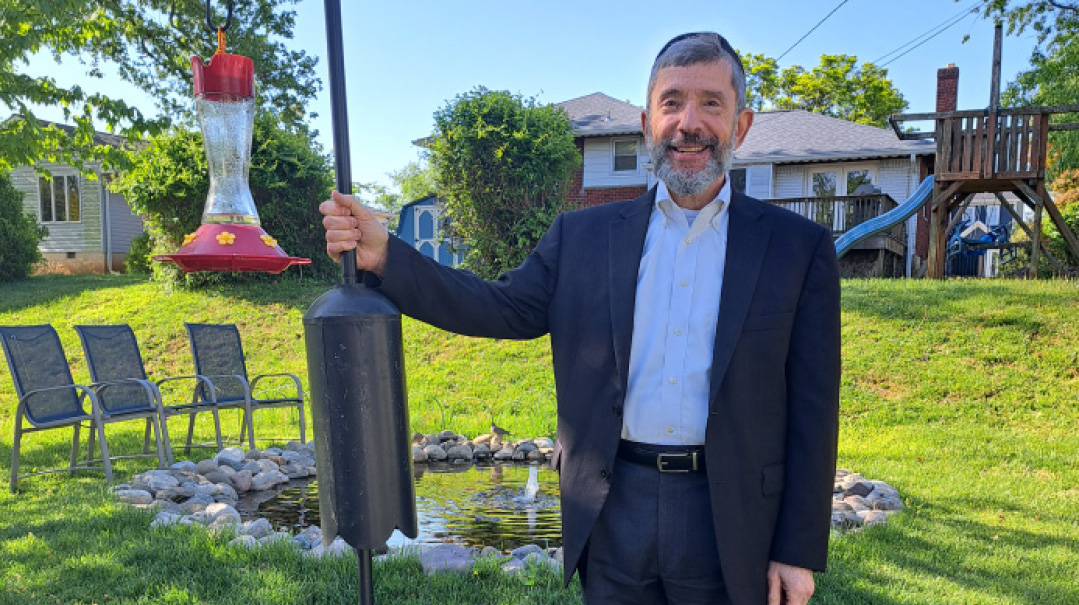
Feed Hummingbirds in Your Backyard
The easiest way to attract hummingbirds to your backyard is to put up a feeder. You can buy a commercial hummingbird nectar mix in a store, or you can easily make your own. Just stir one part of plain granulated sugar into four parts of very hot water. Don’t forget to let the mixture cool off in the fridge before offering it to any birds!
Be careful to clean out your feeder very often, especially on hot summer days, so it won’t get moldy and the sugar won’t ferment into alcohol. The last thing you want in your backyard is a bunch of drunk hummingbirds!
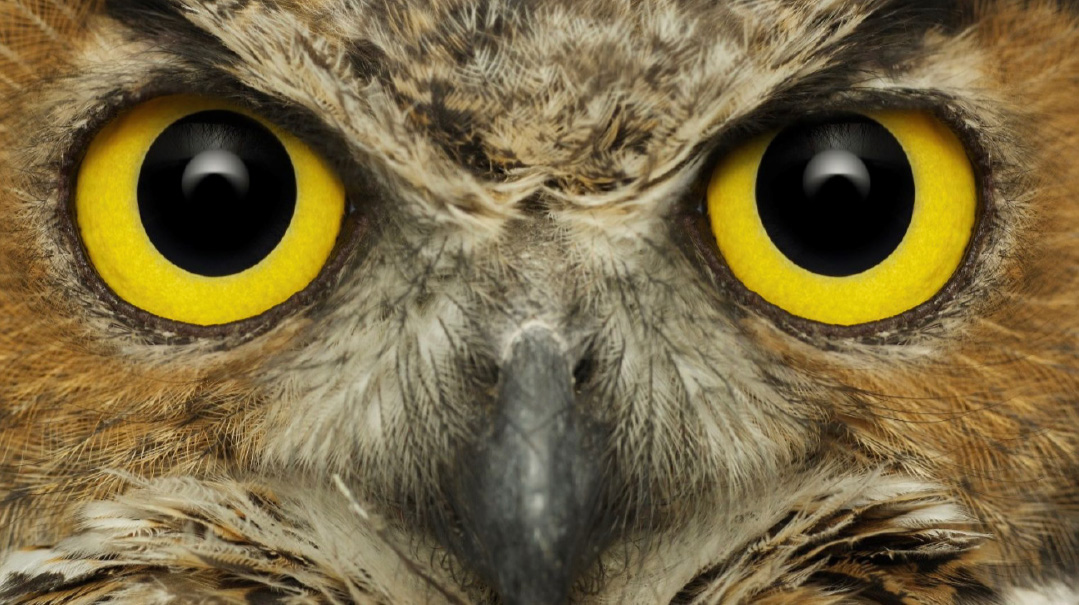
Hoot Hoot, It’s an Owl
Mr. Steinberg’s third favorite birds are the birds of prey — hawks and owls. Says Mr. Steinberg, “Some of them are extremely beautiful. The Great Grey Owl is not so common in urban areas, but you can see them in suburbs and woodsy areas.” Great Grey Owls have the largest “facial disc” of any owl — the round area near their eyes and cheeks that is raised more than the rest of their body to reflect sound waves.
Owls are mostly nocturnal — they fly at night and sleep during the day — so they are adapted to rely on sound more than light. They even hunt by sound, through a method called “echolocation.” The owls use the sounds that an animal makes to locate where it is hiding. “Then, it zooms in on its next meal with its incredibly keen eyesight (in daytime) or hearing (at night).”
Great Horned Owls, also one of Mr. Steinberg’s favorites, are fearless creatures. “If you go near their nest, they will take your head off! I like them because they will fight anyone or anything that threatens their family.”
Bird Tales
Many years ago, when I was on a birdwatching trip in the Galapagos Islands — which is about 600 miles to the west of Ecuador, in the middle of the Pacific Ocean — I stayed overnight at one of the nicer hotels on one of the islands. There was a needlepoint sign on the wall that said, “To Our Valued Guests: Please Do Not Annoy the Spiders.” I thought it was a joke. How ridiculous!
The guide took me up to the room. It was a nice room, nothing fancy. Then I took another look. All over the walls, evenly spaced, but covering floor to ceiling, were spiders the size of large grapefruits, including the legs. There must have been 40 or 50 of them. They were in all of the rooms, not just mine.
I later learned that this particular island had a fire ant problem. Fire ants are little, reddish ants, and when they bite, although it doesn’t make you sick, it really hurts. Their venom is nasty! So, these spiders are the main weapon against the fire ant on this island, and they wanted the guests not to hurt the spiders because they need them to fight the fire ants.
Needless to say, I slept poorly that night, with the bedclothes wrapped completely around my entire body, including my head. It was not the most relaxed night I ever had!
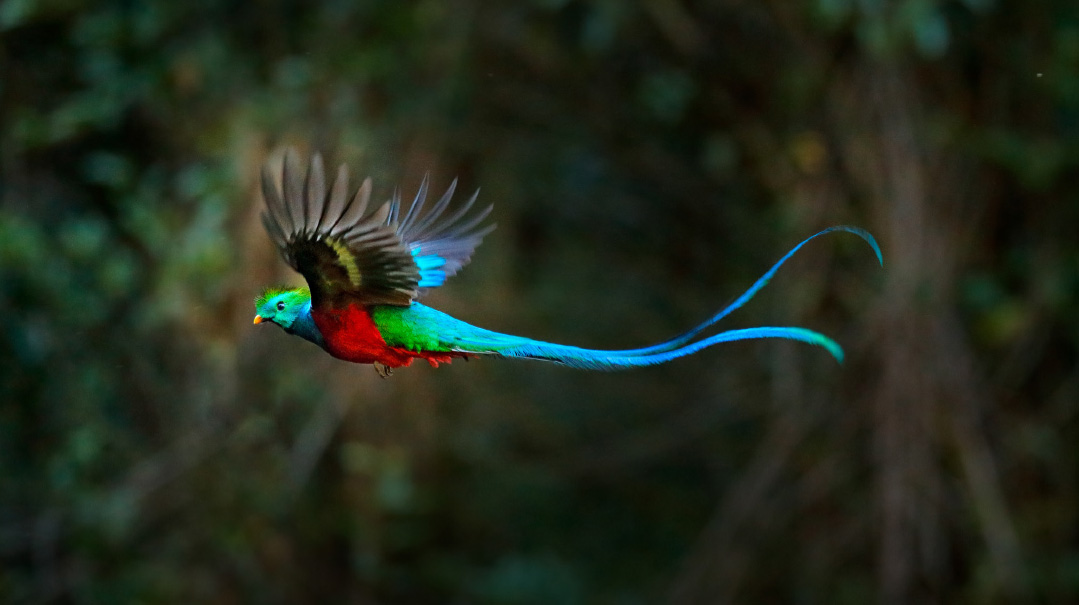
Other Beautiful Birds
“I also like the resplendent quetzal,” continues Mr. Steinberg. “You won’t see this bird in New York or anywhere else in North America, but it is the national bird of Guatemala, and you can find it in southern Mexico and Central America. The male has a bright red breast, short green feathers coming off to the side, and two- to three-foot-long green tail feathers. They like laurel trees, so they find them and sit there and eat the fruit.”
Another one of Mr. Steinberg’s favorites is the Blue Crowned Motmot bird that can be found in Costa Rica. “The whole bird is just a beautiful iridescent shade of blue. It has a racket-shaped tail, with feathers close to the body, then no feathers, then more feathers.”
However, Mr. Steinberg’s first love is the warbler. “Pictures of them are great, but when you see them in person, when you are out there on a cold morning, sipping your coffee, rubbing your hands together, they’re irresistible!”
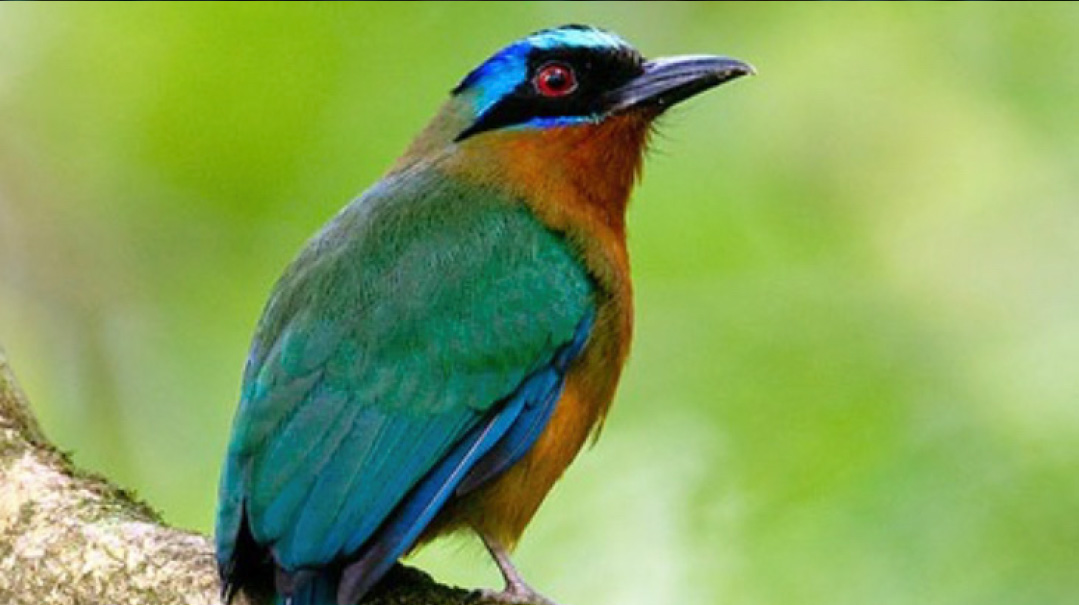
It’s For the Birds!
Mr. Steinberg has some ideas for all the budding birdwatchers out there. First of all, “There are a lot of great books that can help you. There are field guides that show you the photos of birds found all over the world; you can get one from your own country or continent that will help you recognize them and identify them by sight. You can learn what their habits are and even start feeding them.”
You can also get interested in bird conservation to help protect birds from the challenges that they face, like the clearing of tropical forests to develop countries, and wind energy projects, in which the birds are in danger of losing their homes or running into the blades of the turbines.
If your parents share your enthusiasm, you can even visit some interesting countries that have different birds from the ones you have at home!
(Originally featured in Mishpacha Jr., Issue 961)
Oops! We could not locate your form.






